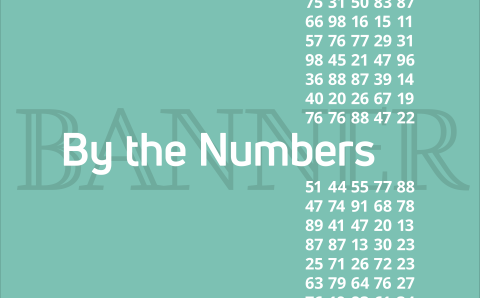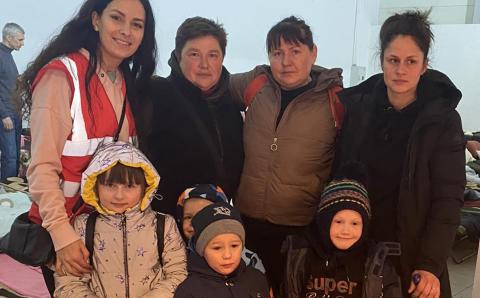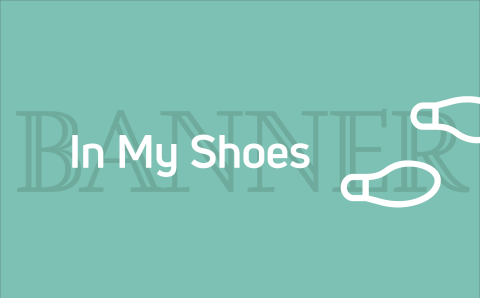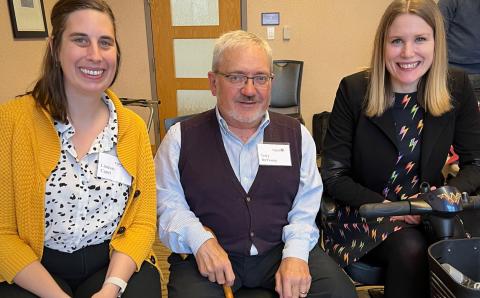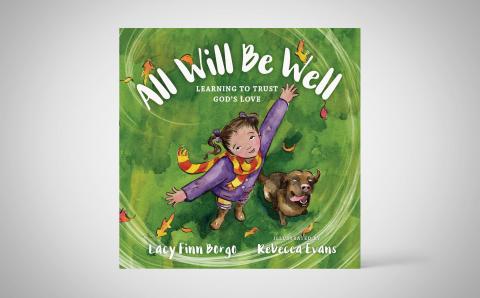In the fall of 2022, Adrian Jacobs joined the Christian Reformed Church in North America as the new senior leader for Indigenous justice and reconciliation in Canada. Jacobs himself is Indigenous—part of the Turtle Clan, Cayuga Nation of the Six Nations Haudenosaunee Confederacy at Grand River Territory, in southern Ontario.
Jacobs has worked with churches for many years, educating members on Indigenous history, culture, and contemporary issues. What brings him to the CRCNA, he said, is the two-row wampum treaty.
This treaty was made between the Haudenosaunee and Dutch traders in 1613. To commemorate this treaty, the Haudenosaunee made a belt with purple and white wampum beads. Belts like this were used in Indigenous cultures to tell stories and aid the memory of the history, traditions, and laws that the belts had been associated with.
The two-row wampum treaty belt is mostly white, with two parallel purple lines. Jacobs explained that the white represents both the common river of life and the Hudson River, where the two people groups met. The two parallel purple lines represent the two nations traveling life in their vessels of state with their various technologies, leaders, language, and ways. Neither of these vessels was to interfere with the operation of the other.
Three rows of beads separate the two vessels. These rows represent the desire for the peace of friendship, the respect at the heart of true peace, and the good mind that establishes peaceful relations and results in a strong relationship.
Over the years, Jacobs continued, there was a sense that this treaty was good and that the relationship between the two people groups also was good, but that their agreement was easy to forget. To strengthen and remind each covenant partner of the original two-row wampum, a silver covenant chain was created between the same peoples. The chain features three silver links reminiscent of the treaty belt’s three rows of beads and further represents a connection between the Dutch vessel and the Onondaga Nation capital (part of the Haudenosaunee Confederacy).
Left untended, silver will tarnish, so someone must regularly come to polish each link. In the same way, Jacobs said, the relationship between the people of this wampum treaty needs attention. He feels that “polishing the covenant chain” is his purpose in joining the CRCNA, a denomination that began with primarily Dutch immigrants to the United States and Canada.
“Over 400 years ago the Dutch and Haudenosaunee people were very different, and yet we were able to establish a good relationship that lasted for some time,” Jacobs said. “Today we are much closer in language, lifestyle, and technology; surely we can have an even better relationship than we had at the beginning.”
Cultivating better relationships between settlers and Canadian Indigenous people (not just the Haudenosaunee) is a key priority for the CRCNA in Canada. Over the past few years, more than 400 people have participated in a program called Hearts Exchanged to learn about Indigenous people and take action to restore right relationships with them. In addition, the denomination supports three urban Indigenous centers across the country.
Jacobs will support healing and reconciliation between Indigenous and non-Indigenous people in Canada. This will include activities such as KAIROS Blanket Exercises, Hearts Exchanged program development, and meeting with churches and pastors. More information about Jacobs and other resources are available at crcna.org/Indigenous.
About the Author
Victoria Veenstra


